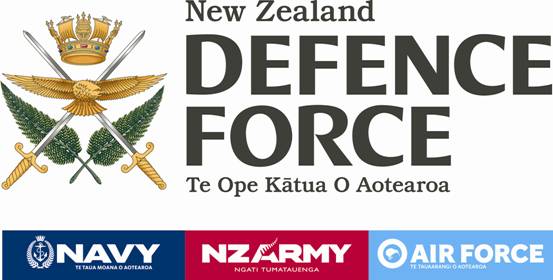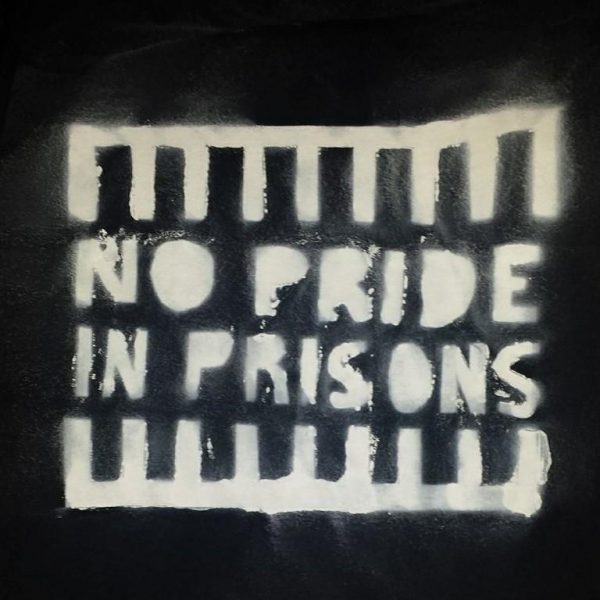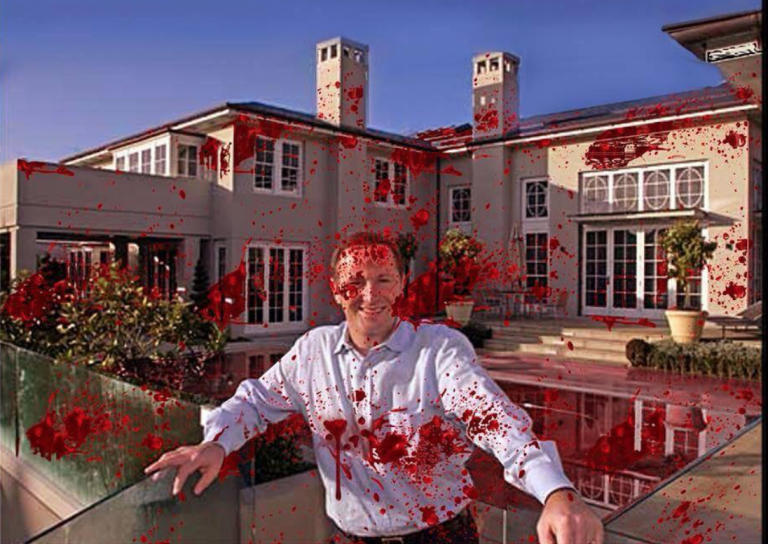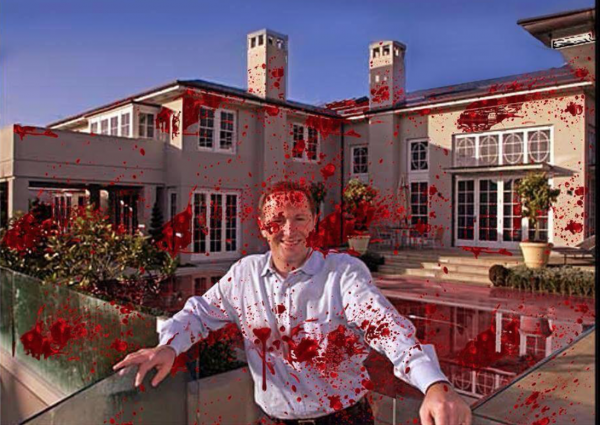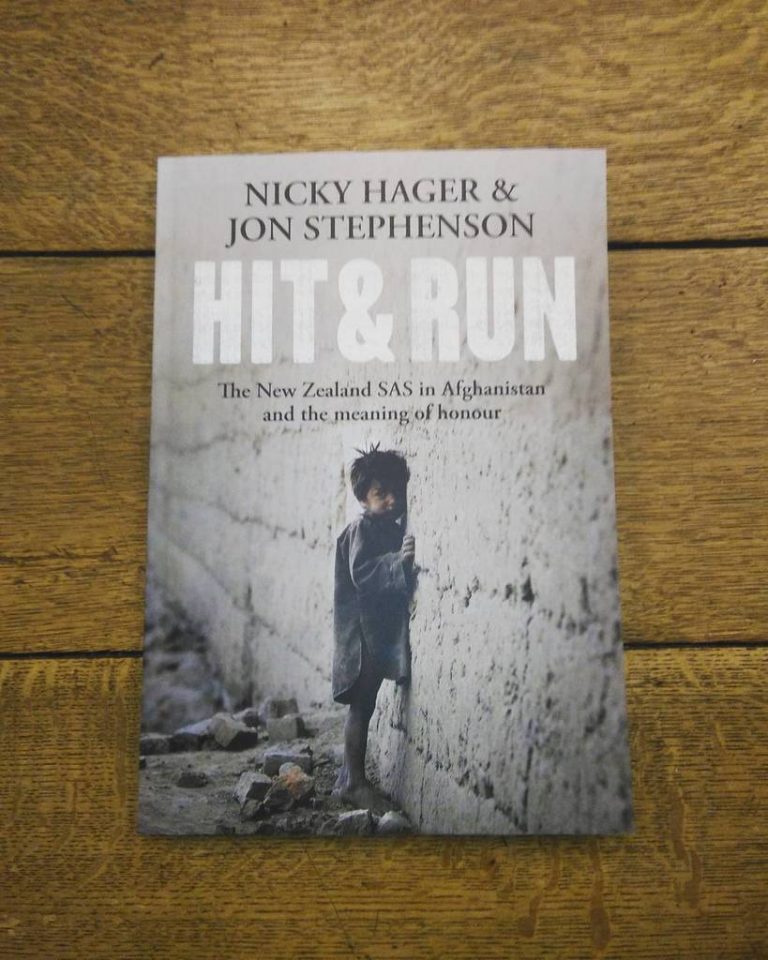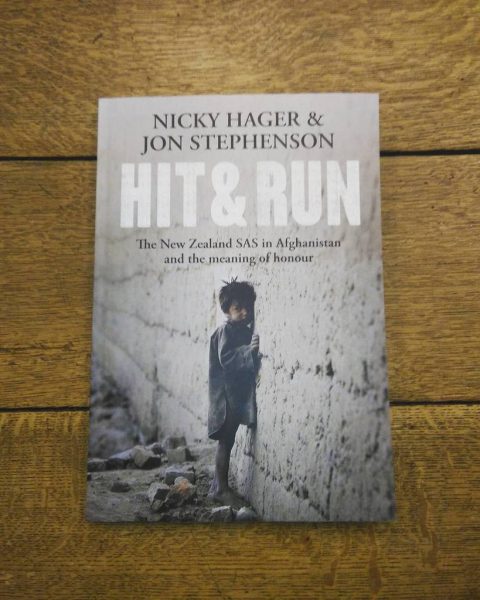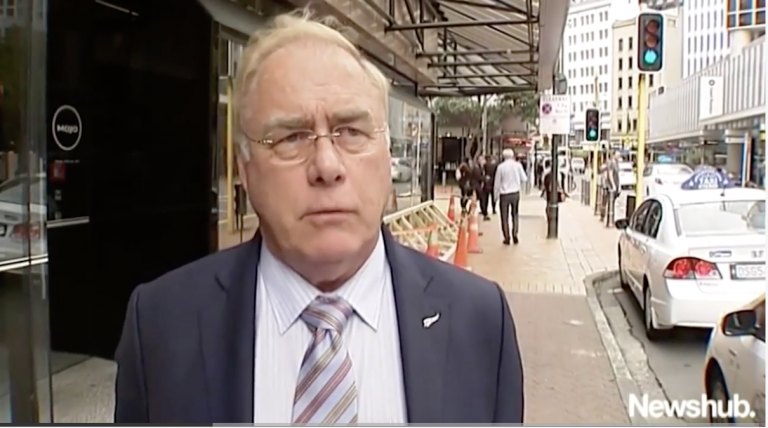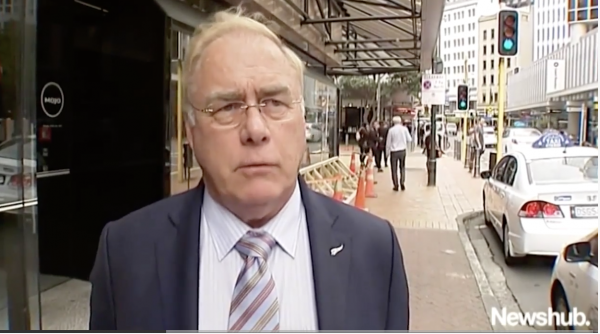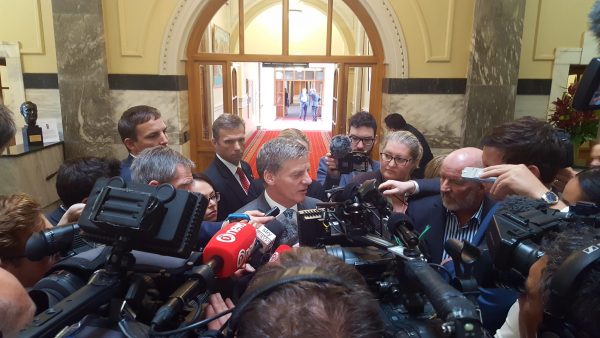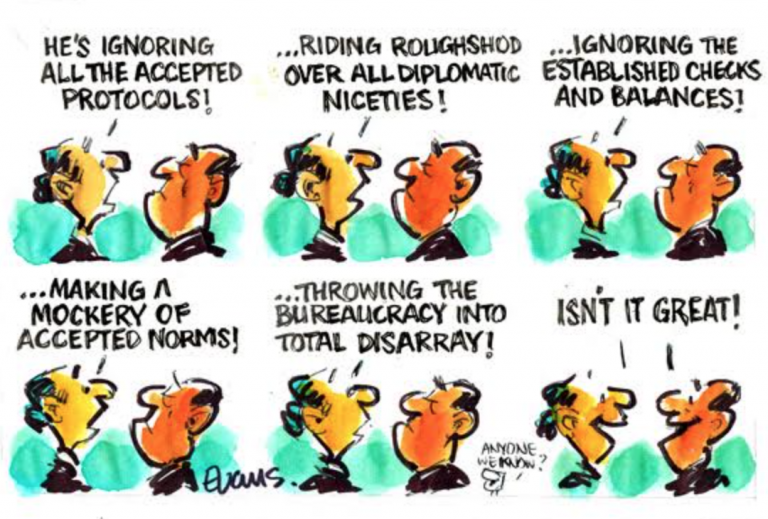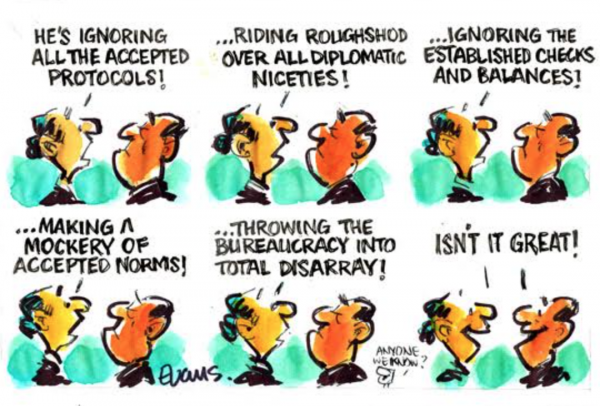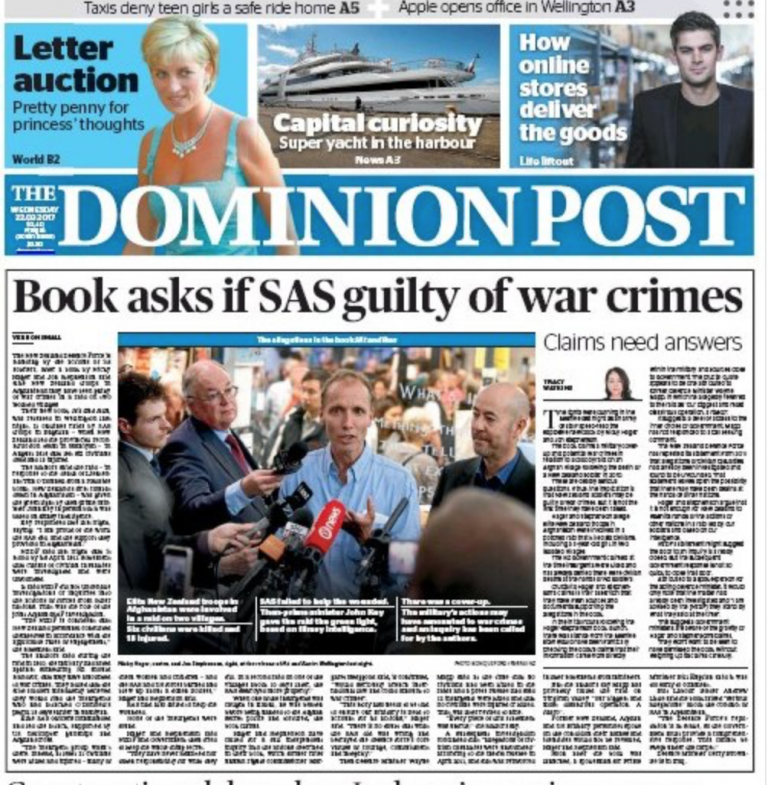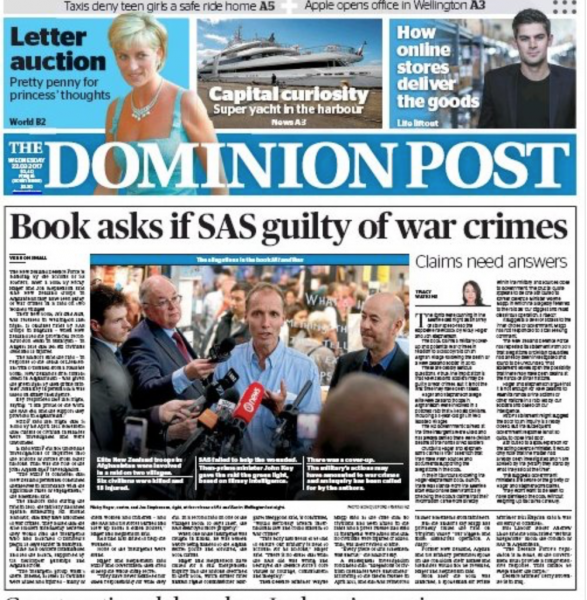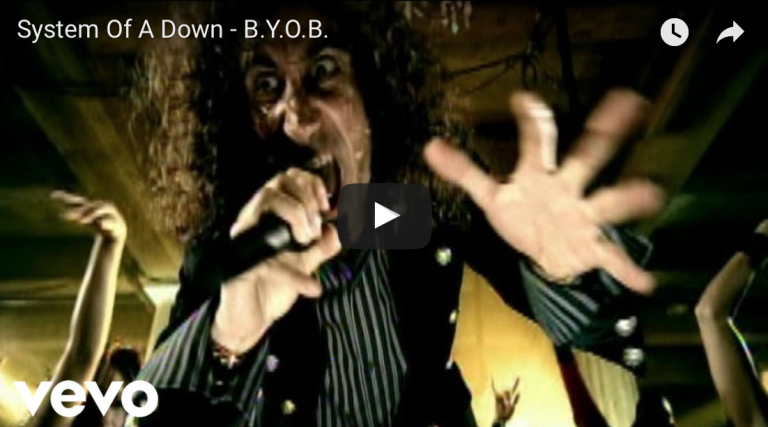
Troopers of the NZ Machine Gun Squadron, NZ Mounted Rifles Brigade, Palestine, 1918.
The shocking events described by Nicky Hager and Jon Stephenson in Hit and Run: The New Zealand SAS in Afghanistan and the Meaning of Honour are not without precedent in the history of New Zealand’s military engagements overseas. In the tiny Palestinian village of Surafend, in the final days of 1918, New Zealand troops participated in what was indisputably a serious war crime. The parallels with the SAS “Revenge Raid” of August 2010 are striking. The Surafend Massacre was also sparked by the killing of a New Zealand soldier. It, too, was a murderous “fiasco”, the details of which were kept from the New Zealand public for many years.
This, as best as I can determine, is what happened.
THE WAR WAS OVER. At the eleventh hour, on the eleventh day, of the eleventh month 1918, the fighting ceased. For the men of the New Zealand Machine Gun Squadron, and all the other troopers of the New Zealand Mounted Rifle Brigade encamped among the barren sandhills of central Palestine, that single fact was all that mattered.
But, as the weeks passed, the war’s end, while obviously a source of immense relief, had also become the cause of intense frustration. Now that their job was done; now that the killing had stopped; now that they had survived; all these men wanted to do was go home.
WHEN Trooper Leslie Lowry pulled his kit-bag under his head on the night of 9 December 1918 it was to home that his thoughts inevitably wandered. Wrapped in his blanket to ward off the late autumn chill, he lay motionless beneath the low canvass ceiling of his tent thinking of New Zealand until, lulled by the companionable snorting of the tethered horses, he drifted off to sleep.
An hour later he awoke with a start to feel his kit-bag/pillow being unceremoniously yanked from under his head. He scrambled out of the tent, stumbling in the sand as he pulled on his trousers, and shouting at the top of his voice to the men on sentry duty:
“Stop him! Stop that little bastard – he’s stolen my kit-bag!”
The thief was clearly visible in the moonlight, weaving in and out of the thorn bushes that dotted the sandhills.
Trooper Lowry had always been a good runner and he proved it now by sprinting after his quarry like a huntaway. Within seconds he’d caught up with the man who’d stolen his property.
“You give that back – you thieving little swine!”
For a moment the New Zealander and the Palestinian faced each other, breathing heavily. In the distance both of them could hear the shouts of the alerted sentries and the alarmed whinnying of the horses.
“Come on mate,” said Lowry, speaking in what he hoped was a more reasonable tone, “you’re not going anywhere. Hand it over.”
The Palestinian said nothing. Instead, he reached into the folds of his caftan and pulled out a heavy Webly revolver, retrieved six months earlier from the corpse of a British officer. Pointing it at the New Zealander’s chest – he fired.
Lowry sank slowly to his knees, hands fluttering uselessly as blood spouted from the neat little hole in his chest, pouring out through his fingers and down over his bare stomach. Without a word he toppled over onto his side, an awkward, quivering bundle in the cold sand.
The Palestinian turned and ran off into the darkness.
THE news of trooper Lowry’s death spread rapidly – and its effect was devastating. For a man to have come through everything the NZ Mounted Rifles had endured, only to be murdered by an Arab thief just weeks before sailing for home, was almost too much for his comrades to bear.
“He was unarmed for Christ’s sake! The thief must have seen that. What kind of man calmly shoots an unarmed man, at point-blank range, for the sake of a bloody kit-bag?”
“We’re not going to take this lying down – I don’t care what the Heads say. This is too bloody much. Come on you blokes, it should be easy enough to track the bastard through all this sand. Look! – there are his footprints!
“You three, go back and round up the rest of the Squadron – and see if you can get some of the Aussies from the Light Horse to join us. We’re going to track this murdering bastard back to the hole he came from and cork it up tight. Make sure he’s still there in the morning when the Red-Caps arrive.”
The thief’s footprints led the New Zealanders and their Australian allies across the sand to the nearby Palestinian village of Surafend. Within the hour they had set up a tight military cordon around the cluster of stone houses: no one was permitted to enter or leave.
THE morning light came slanting down into the village of Surafend and illuminated the faces of the New Zealand and Australian troopers encircling it. But the rising sun brought no Military Police. Indeed, having being informed of the murder of Trooper Lowry and the situation at Surafend by the Australian and New Zealand Divisional Commander, Major-General Edward Chaytor, General Headquarters had peremptorily ordered the cordon lifted. There would be no official investigation, no Red Caps, no arrests. By the afternoon of 10 December all the troopers who had surrounded Surafend were back behind their tent-lines, allowing a steady stream of Palestinian men to make their way out of the village without hindrance.
Trooper Lowry’s comrades were furious.
“I don’t believe this – I simply don’t believe this! How can the bloody British just sit there, knowing that a soldier of the Empire has been murdered, and do nothing about it?”
“You know the Heads. There’ll be some behind-the-scenes skulduggery between the British and that Arab king Lawrence has been squiring around. The last thing they want is any ‘unpleasantness’ – nothing to upset the ‘delicate diplomacy’ between His Majesty’s Government and the leaders of the Arab tribes. What’s one Kiwi digger’s life compared to ‘the future of the Middle East?’”
“It’s just like that bloody fiasco at Ain Es Sir – remember? When our lot were sent back to help the Circassians and the ungrateful little bastards ambushed us. Nobody did anything about the men they killed there either.”
“Well that’s not going to happen this time. I’ve been talking to the men. They’re ready to do something on their own. And there’s a swag of blokes in the Light Horse who’ll join us. The Aussies are as sick of this turning a blind eye to theft and murder as we are. I hear there’s even a few Brits willing to their bit.”
“Do what?”
“We’re going to pay the village of Surafend a little visit. And if they refuse to hand over the bastard who shot Les, we’ll administer some justice of our own – ANZAC-style.”
THERE was fear in the eyes of the women, children and old men of Surafend as they were assembled in front of the village well. These strange men from distant lands said little, but their gestures were clear enough. Holding the pick-axe handles they were carrying with both hands, they pushed and prodded the little huddle in the direction they wanted them to travel – out of the village and up into the sandhills. One of the old men pleaded with his grim shepherds.
“We are friends,” he cried in heavily accented English, “friends of the British.”
“You may be friends of the British,” hissed one of the troopers, pushing the old man back into the huddle, “but you’re no friends of ours.”
“Keep them well back!” Someone shouted. “Well back.”
From the crest of the big sandhill overlooking Surafend, the little huddle watched as around 200 troopers closed in on their homes. In addition to pick-axe handles, the New Zealanders and Australians were armed with the heavy, canvass-sheathed chains used to haul supply wagons and field guns. They were eerily silent, and the expressions their faces wore were hard – very hard.
“We want the man who shot Trooper Leslie Lowry.” The leader of the troopers was speaking slowly and very clearly to the village headman. “We tracked him to this village. If he’s not here, we want to know where we can find him. Lead us to him, now, and nothing will happen to you and your people. Refuse, and ….” The trooper cast a meaningful glance at the mute formation drawn up behind him.”
The Palestinian looked into the eyes of the New Zealander standing before him. Neither man moved a muscle. Then, drawing himself up to his full height, the headman leaned forward to within a few inches of the New Zealander’s face, and speaking in a clear voice so all the men of his village could hear, he said:
“Get your infidel dogs out of my village!”
And spat in the trooper’s face.
A roar, deep and guttural, leapt from the throats of all the men present, and both sides lunged towards the other. The troopers swung their pick-axe handles high and brought them down with deadly force. The heavy chains hissed and whistled. The air was filled with the sickening sound of wood and metal connecting with human bone and tissue. Men screamed, fell, and lay still, but still the Palestinians continued to hurl themselves upon the troopers.
“Allahu Akbar! They cried. “God is Great!”
“Get them! Get the bastards!” Shouted the troopers.
From a distance it was all-too-clear how the fight would end. The villagers were outnumbered and the troopers superior training and discipline easily overcame their furious resistance. Slowly, methodically, the New Zealanders and the Australians beat and beat and beat. The pick-axe handles rising and falling like some vast threshing machine.
Soon the village was ablaze. The contents of the stone-walled houses burned fiercely, bathing the whole scene in a lurid glow. As their men fell, the women up on the sandhill began a high keening. The children, seeing the fathers and brothers being beaten to death, sobbed uncontrollably.
By the time the troopers tired of their grim sport, thirty Palestinian men lay dead or wounded on the bloody sand. As the rising wind swirled the smoke and cinders into the night sky, the New Zealanders and Australians formed up in ranks and, without a backward glance, marched out into the darkness of the sandhills.
The village of Surafend had ceased to exist.
NO New Zealand or Australian soldier was ever charged as a result of the Surafend Massacre. The British High Command was furious at what could only be considered a diplomatic disaster in terms of the British Empire’s relations with the Arab peoples.
The borders of the Middle East were in the process of being redrawn, and the gentlemen at the Foreign and Colonial Office in London were determined that this process should not rebound to the Empire’s disadvantage.
There can be little doubt that the military authorities would very much have liked to punish the ringleaders, but the troopers and the junior officers of the NZ Mounted Rifles and the Australian Light Horse closed ranks against all investigation.
In the end it was left to the British Commander-in-Chief, Major-General Edmund Allenby, to state the views of His Majesty’s Egyptian Expeditionary Force. Forming the ANZAC’s into a hollow square he unleashed a tongue-lashing the like of which no British or Empire troops had heard for many, many years:
“I was proud of you as brave soldiers but now I am ashamed of you as cold-blooded murderers.”
This outburst aroused such mutinous resentment among the New Zealand and Australian troops that Allenby was soon forced to retract his words.
It was a necessary concession because with the collapse of the Ottoman Empire and the US President, Woodrow Wilson’s, promise of “self-determination” for the world’s subject peoples, the British soon had their hands full keeping the Arab population of the region from breaking out into full scale rebellion. In this task the brutal reputation of the Australian and New Zealand troopers rode before them, striking fear into the hearts of the Arab population wherever they appeared.
UNFORTUNATELY, there was no Nicky Hager, no Jon Stephenson, to write an exhaustive account of the Surafend tragedy for the New Zealand public of 1918. Bill Massey’s deeply authoritarian government, having expended the blood of thousands of young New Zealanders in the cause of Britain’s empire, was not about to sanction a full and independent investigation into a war crime perpetrated by his own troops. As far as Massey’s stridently imperialistic government was concerned, the “boys” of the New Zealand Mounted Rifle Brigade were heroes – blameless heroes.
The closest “official” New Zealand ever came to acknowledging the Surafend Massacre was in the bare summary of the event written by, Lieutenant-Colonel C. Guy Powles, author of The New Zealanders in Sinai and Palestine, the third volume of the Official History of New Zealand’s Effort in the Great War, published by the New Zealand Government in 1922.
Of the bloody evening of 10 December 1918, Powles writes:
“While the brigade was camped in the vicinity of Richon le Zion a disturbance occurred in the divisional area following the murder of a New Zealander, during which a village and an Arab camp were burned and some 30 Arabs killed and injured ….. It appears that the murdered man’s comrades, feeling aggrieved that the murderer was not immediately brought to book, went to the village and demanded his surrender. They were met by an insolent answer from the head man of the village so they determined to find him and the searching of the houses led to a collision with the natives which resulted in a riot.”
Powles also notes, drily: “[A]t the [subsequent] inquiry it was found impossible to get any evidence as to who took part in the disturbance.”
Then, as now, the New Zealand military authorities preferred to bury their mistakes beneath a crushing mountain of official silence.
TDB Recommends NewzEngine.com
